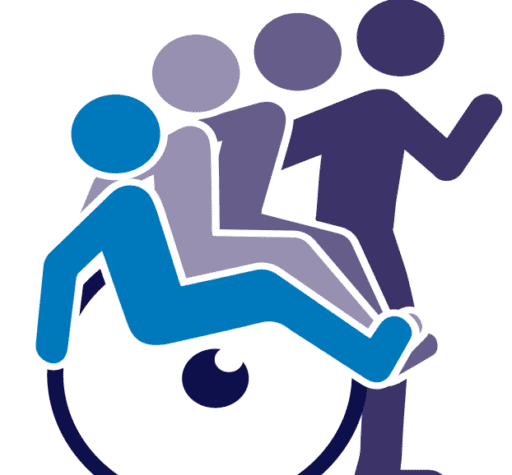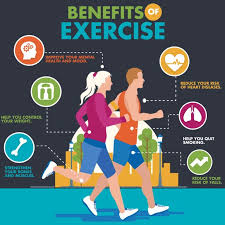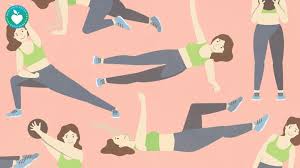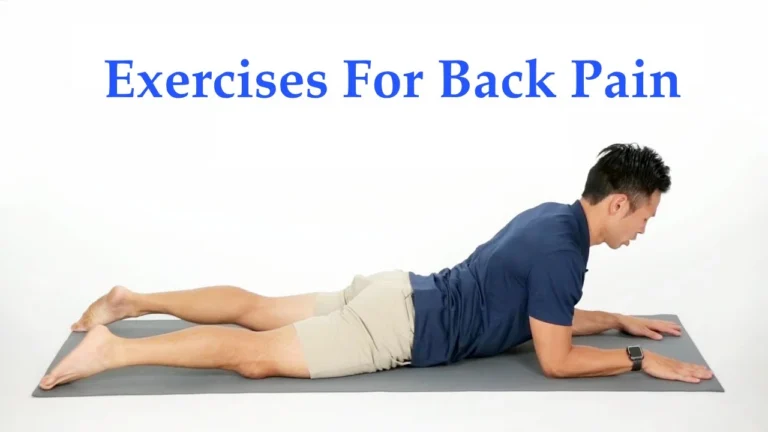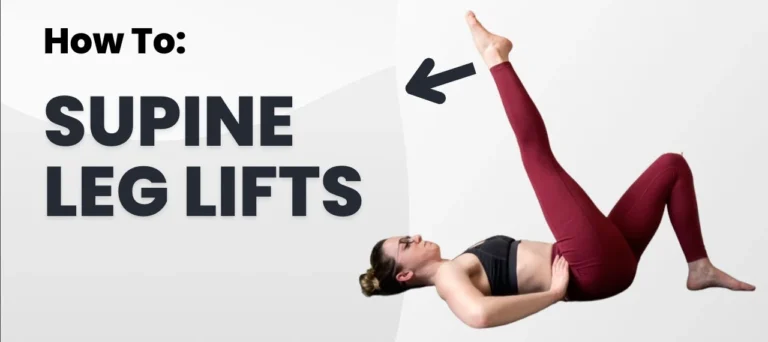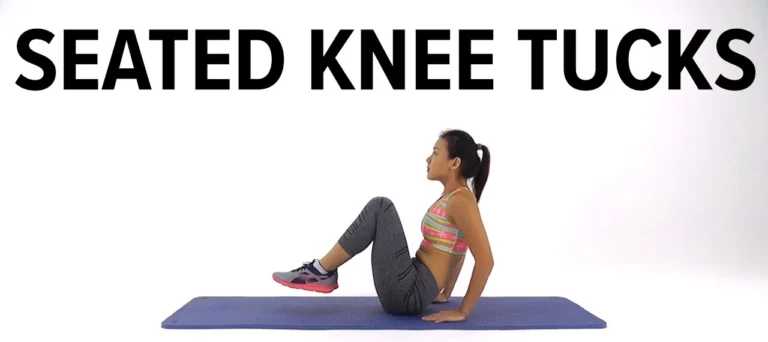How Much Exercise Per Day to Lose Weight?
Introduction: Many people see weight loss as a common health objective, and regular exercise is essential to reaching this goal. Although nutrition plays a major role in controlling caloric intake, exercise promotes long-term fat loss by burning calories. However, one of the most frequently asked topics is: How much daily activity is necessary to lose…
